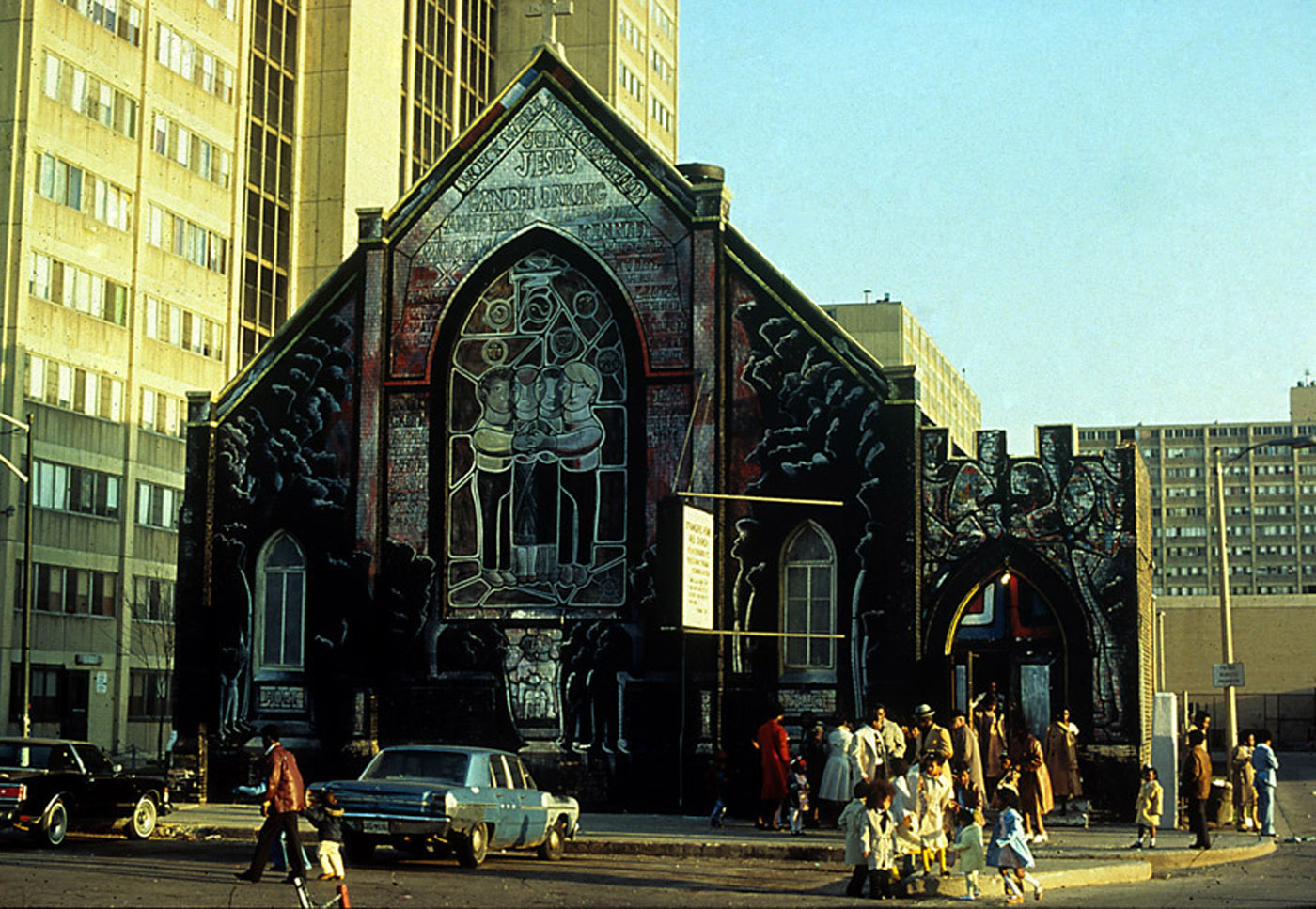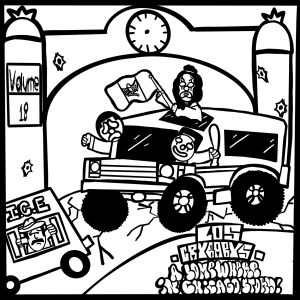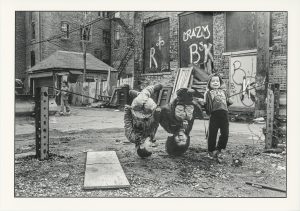With the 2017 Chicago Architecture Biennial‘s theme of “Make New History” in mind, Sixty is presenting two panel discussions that consider how space, architecture, and art are all used together as tools for decolonizing narratives and also for uplifting and sometimes displacing communities.
Join us in the Room for Books (northeast corner of the 1st floor) at the Chicago Cultural Center (78 E Washington), the home base of the citywide Biennial, and add your own knowledge and thoughts to the conversation.
The Role of the Arts and Cultural Spaces in Decolonizing Historical Narratives
Tues, Oct 17, 2017, 6:30pm | Chicago Cultural Center
As we contemplate this year’s Chicago Architectural Biennial theme, “Make New History,” it is important that we challenge narrow perspectives of history and discuss the role of arts and cultural spaces in correcting myths and healing trauma. Join Sixty Inches From Center as we talk with Analú López, the Ayer Indigenous Studies Librarian at the Newberry Library, and Tomas Ramirez, Executive Director of Semillas y Raices and professor in the Peace, Justice, and Conflict Studies Department at DePaul as we discuss how history influences the way we negotiate space in Chicago and what decolonization looks like as a practice.
López will share resources from the Newberry’s archive that challenge prevailing ideas about the beginnings of Chicago’s urban landscape and architectural history. She will also discuss the importance of language to redefining and accessing archival materials. Ramirez will discuss making a space for healing, connection and active resistance through the arts at Semillas y Raices. He will also share insights from his work with Chicago’s youth and the need for cultural and educational institutions to honor trauma.
Moderated by Jennifer Patiño Cervantes, Director of Operations + Archives at Sixty Inches From Center.
Cultural Memory, Erasure, and Chicago’s Public Art
Tues, Oct 24, 6:30pm | Chicago Cultural Center
In the long wake of the overnight whitewashing of iconic murals like William Walker’s All of Mankind and Ray Patlan’s Casa Aztlan and at the close of the Year of Public Art, this discussion asks artists to reflect on the personal and social impact of public art and historic murals, as well as the relationship that mural-making and mural-erasing has to gentrification and the cultural memory of Chicago neighborhoods. The speakers will share contemporary examples of creative preservation and projects that seek to counter or, in some cases, ultimately further the adverse effects that erasure has on local consciousness, and approaches to public art that work to prevent displacement.
Artist Gloria “Gloe” Talamantes will discuss the Brown Wall Project, an initiative she launched in 2007 to work directly with property owners and artists in Little Village in order to reclaim the brown walls left behind by the City of Chicago’s Graffiti Blasters program. Juarez Hawkins, artist and curator of the upcoming Urban Griot exhibition of rarely-seen work by William Walker and a child of the Wall of Respect, will touch on the everlasting impact that murals can have on a city and community through her lived experience. Caroline O’Boyle, the Director of Programs and Partnerships at the Trust for Public Land will discuss The 606 and the successes, challenges, and impact that the elevated trail has had on the neighborhoods it cuts across.
Moderated by Tempestt Hazel, Director of Sixty Inches From Center.
_
This event is organized by Sixty Inches From Center and presented as part of the Chicago Architecture Biennial.
Photo: William Walker’s “All of Mankind,” painted in 1972 on the Evergreen Avenue Church. Photo courtesy of the Chicago Public Art Group.






